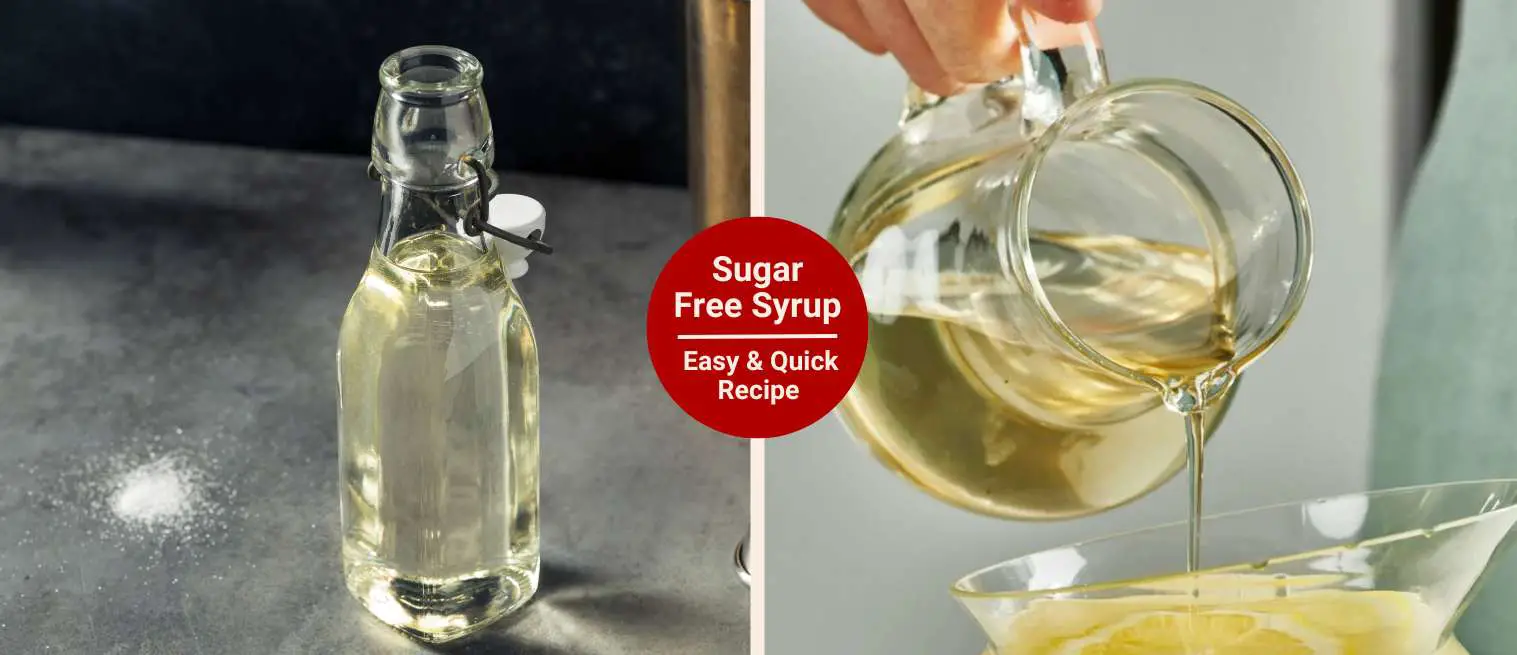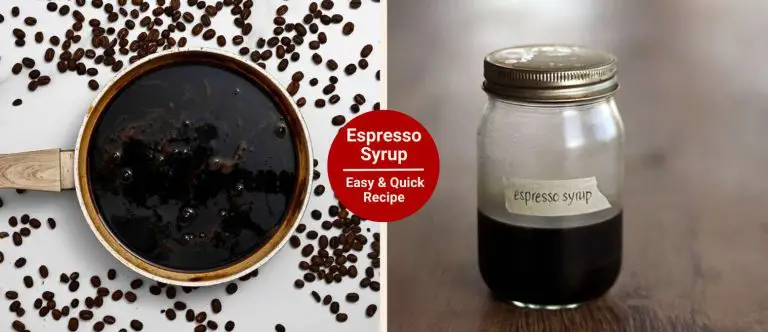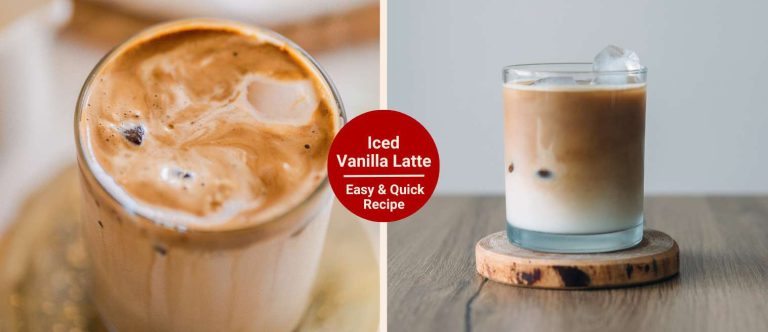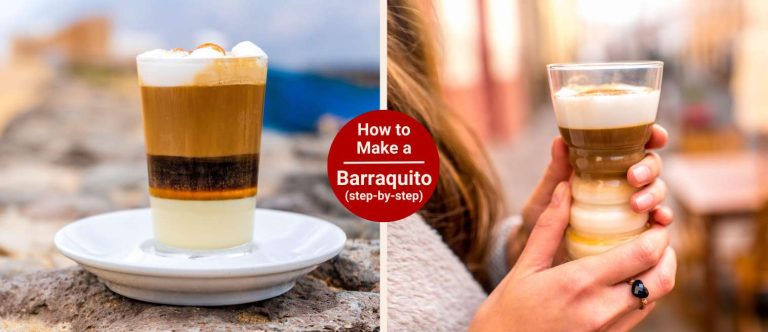Homemade Sugar-Free Simple Syrup (Easy & Quick Recipe)
Last updated on August 15th, 2025 at 03:50 pm
Struggling to sweeten your drinks without sugar? You’re not alone.
This month, I’ve been deep in syrup mode testing, tweaking, and even putting together a full guide on 11 Homemade Coffee Syrup Recipes.
But somewhere between the brown sugar and caramel experiments, I realized… not everyone wants or can have sugar in their cup. Perhaps, you’re cutting carbs, managing blood sugar, or trying to clean up your morning routine.
That’s exactly why I made this Homemade Sugar-Free Simple Syrup. It’s quick, flexible, and way better than most store-bought options that are packed with weird ingredients.
In this guide, you’ll learn why it’s worth making your own, which sweeteners work best, how to cook it up in under 10 minutes, and all the tasty ways you can use it from iced coffee to cocktails. So let’s start brewing!
Why Make Sugar-Free Simple Syrup at Home?
Once you make your first batch of sugar-free syrup at home, you’ll probably stop buying them. So here are a few reasons:
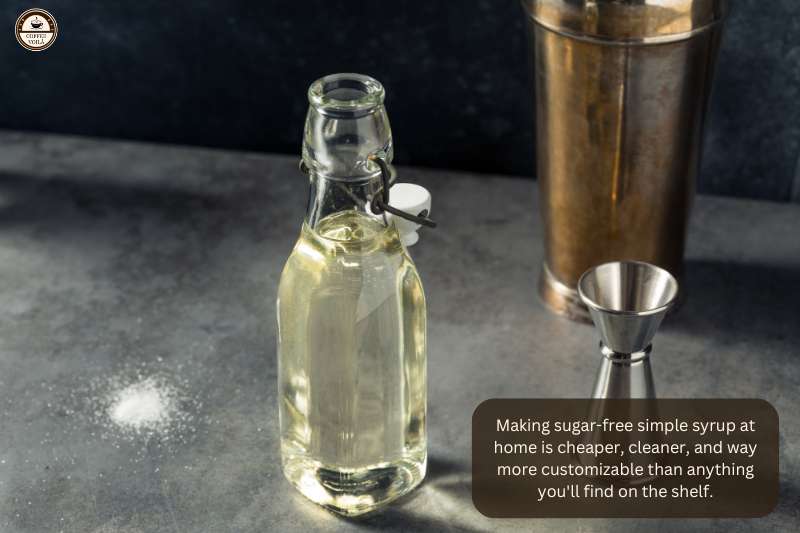
Save money
Often, a 750ml (25-ounce) bottle of sugar-free syrup can cost over $11.. But making it at home? It costs pennies. Basically, it’s water, a sweetener like erythritol or allulose, and maybe a splash of vanilla extract.
You can make a full cup of syrup for under a dollar. Plus, you don’t have to wait for shipping or risk running out midweek. You just grab a saucepan and ten minutes later, you’ve got fresh syrup ready to go.
Avoid artificial preservatives and additives
Another reason is those long ingredient lists. Even some “natural” store-bought syrups sneak in weird thickeners or fake flavors.
When you make yours at home, you know exactly what goes in. So, there are no stabilizers or artificial colors. It’s cleaner and it tastes better.
Perfect for keto, diabetic, and low-carb diets
Most sugar substitutes like monk fruit, allulose, and stevia don’t spike blood sugar. If you stick with allulose, it dissolves smoothly and has no cooling effect, unlike erythritol.
Bonus: it doesn’t mess with your stomach like some sweeteners do. Just test a few and see what works for you. If you’re diabetic or watching carbs, this stuff is great.
Easy to flavor with natural add-ins like vanilla or citrus
Once you nail the basic syrup, you can start adding flavors, such as vanilla bean paste, a strip of orange peel, even a cinnamon stick. You can steep them while it simmers, and suddenly your syrup tastes like something from a fancy café.
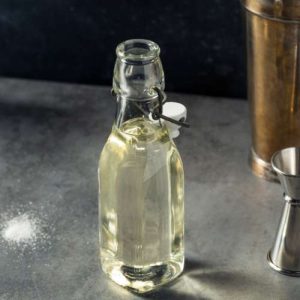
How to Make Sugar-Free Simple Syrup (Step-by-Step)
Equipment
- Small Saucepan:
- Spoon or whisk:
- Measuring cups
- Glass jar or bottle with lid (for storage)
- Fine mesh strainer (optional, if you use add-ins like citrus peel)
Ingredients
- 1 cup water
- 1 cup granulated sweetener (like erythritol, monk fruit, or allulose)
- Optional: ½ tsp vanilla extract, 1 cinnamon stick, or a strip of lemon peel for flavor
Instructions
- Step 1) Combine the water and sweetener in a small saucepan. Use equal parts, usually 1 cup of each.
- Step 2) Heat the mixture over medium-low, stirring frequently. You don't want to boil it. Instead, warm it enough so the sweetener fully dissolves. It commonly takes about 5–7 minutes.
- Step 3) If you're adding vanilla extract, spices, or citrus peel, drop them in after the sweetener dissolves. Next, let them steep for a few extra minutes, then remove from heat.
- Step 4) Strain (if needed) and transfer to a clean glass jar or bottle. You want to keep it in the fridge.
Video
Notes
Notes:
Usually, this syrup last about 2 to 3 weeks in the fridge. If you’re using allulose, it tends to hold up even longer and stays nice and smooth without crystallizing. But if you see any cloudiness, funky smells, or (worst case) mold, it’s time to let it go. Between sweeteners, allulose is the easiest to work with. It dissolves quickly and gives you that syrupy texture without the graininess. On the other hand, Erythritol can be a bit stubborn. It sometimes recrystallizes once cooled. If you’re using it, try blending it into a fine powder first or mixing in a dash of liquid stevia to help keep things smooth.Best Uses for Sugar-Free Simple Syrup
Here are some great ways to use your syrup:
Sweetening Iced Coffee or Cold Brew
Iced coffee doesn’t play nice with granulated sweeteners. Usually, they sink to the bottom and stay there. But with a liquid sugar-free syrup that’s not an issue.
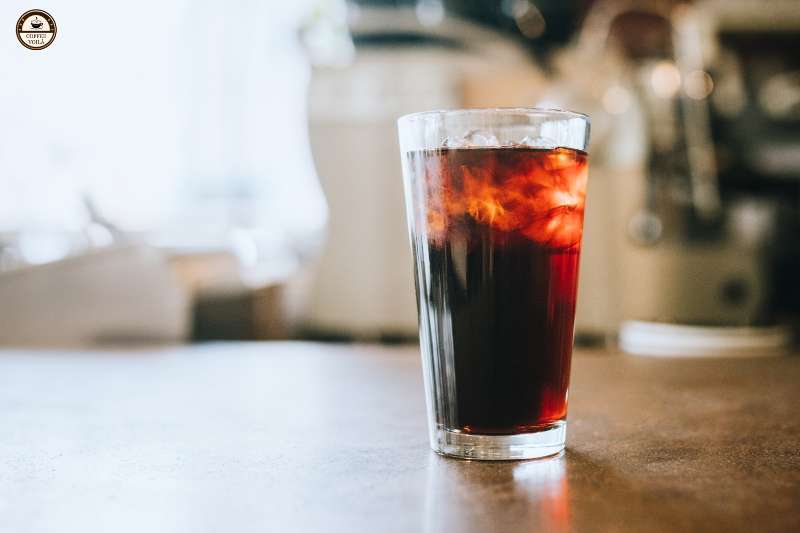
I suggest using about 1–2 tablespoons in a 16 oz. glass, depending on how strong the brew is. Also, allulose blends in smoothly, with no weird aftertaste, which makes it perfect for cold drinks.
Mixing into Tea (Hot or Iced)
I didn’t think I needed a sweetener in tea until I tried it with a hint of vanilla sugar-free syrup. And it was delicious!
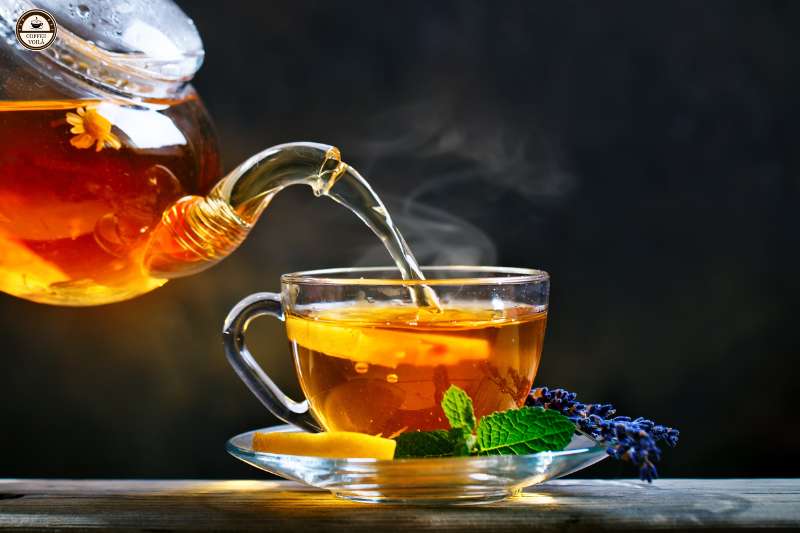
You can steep a mint or green tea, then add half a tablespoon of syrup. For iced tea, a splash of lemon-flavored syrup works well like summer in a glass.
Homemade Lemonades or Flavored Waters
I mixed lemon juice, water, and a few tablespoons of my sugar-free syrup for a DIY lemonade and it tasted better than the bottled stuff.
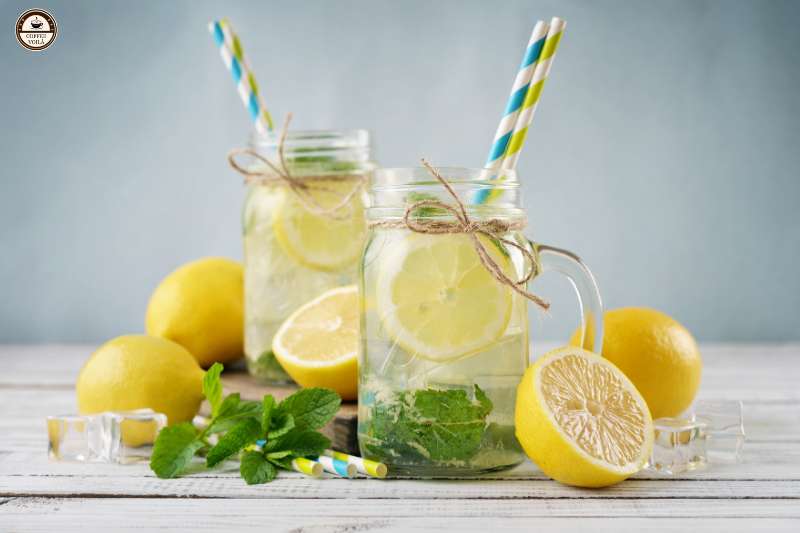
Even adding it to sparkling water with some citrus slices makes it feel fancy. You can also add basil or mint, and suddenly you’re a mixologist.
Low-Carb Cocktails and Mocktails
I’ve made keto mojitos with this syrup and fresh mint, no one could tell there was no sugar. I also tried a sugar-free margarita once with a citrus-infused syrup and it was good.
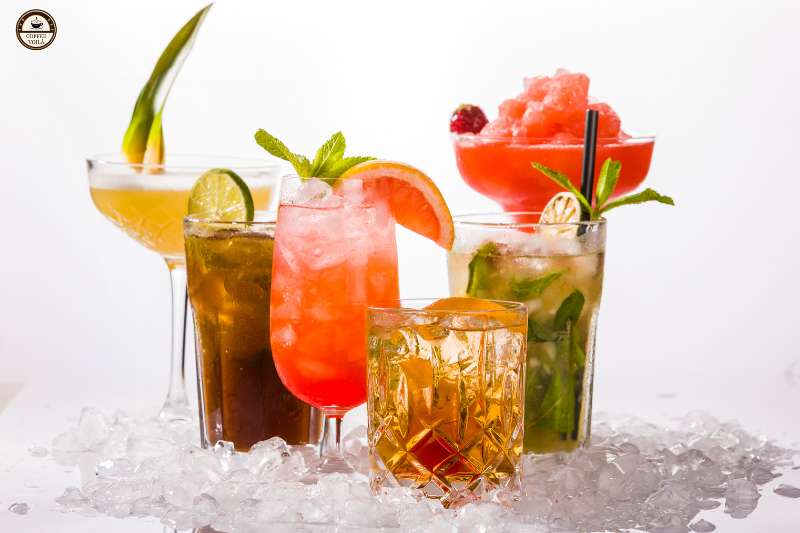
If you’re doing low-carb or diabetic-friendly drinks, this stuff is a lifesaver. It blends cleanly and doesn’t mess with the flavor balance.
Baking Glaze or Drizzling on Pancakes
Sugar-free syrup on almond flour pancakes with cinnamon? Yeah, it works! Another option is to brush it over low-carb muffins to add a little shine and sweetness.
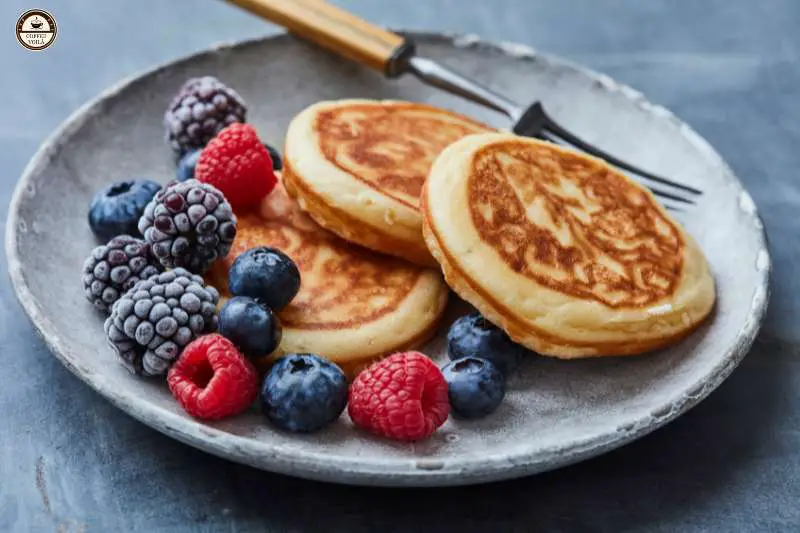
Last Thoughts
So, have you tried making your version yet? Got any favorite flavor twists or sneaky places you love to use it? I’d love to hear your tips in the comments! Until then: sweeten smart, stir often, and voilà!

